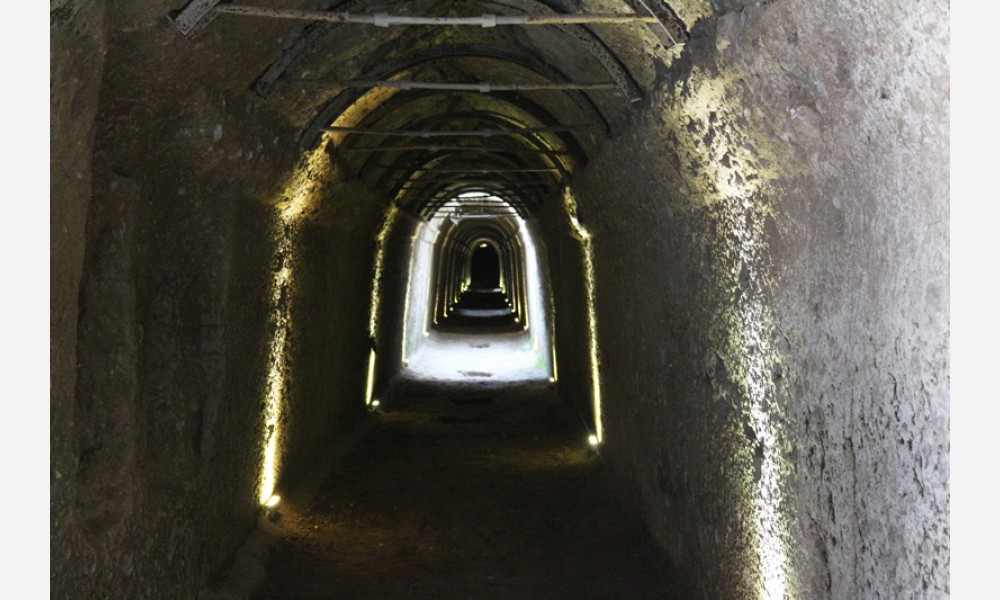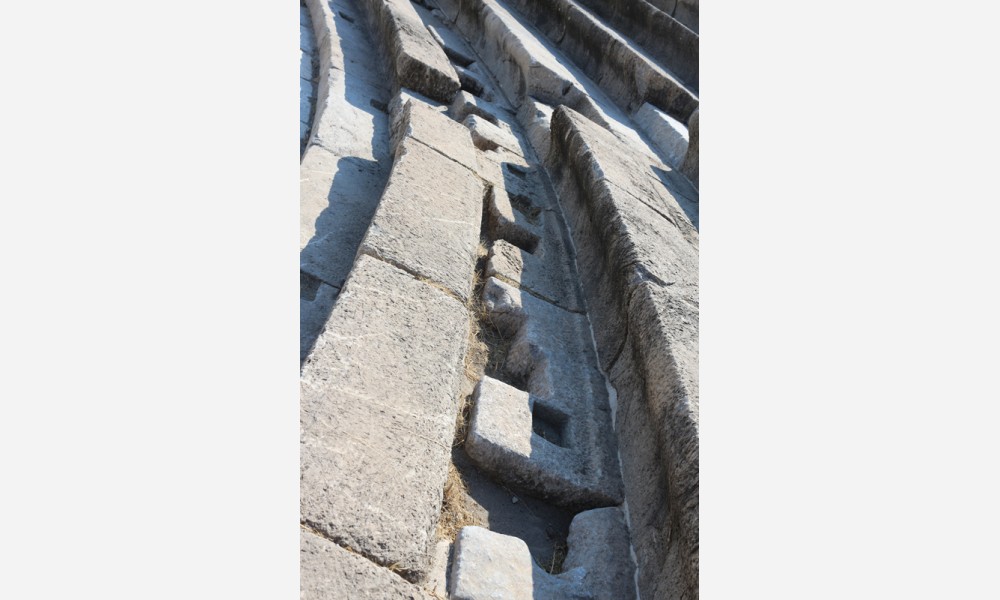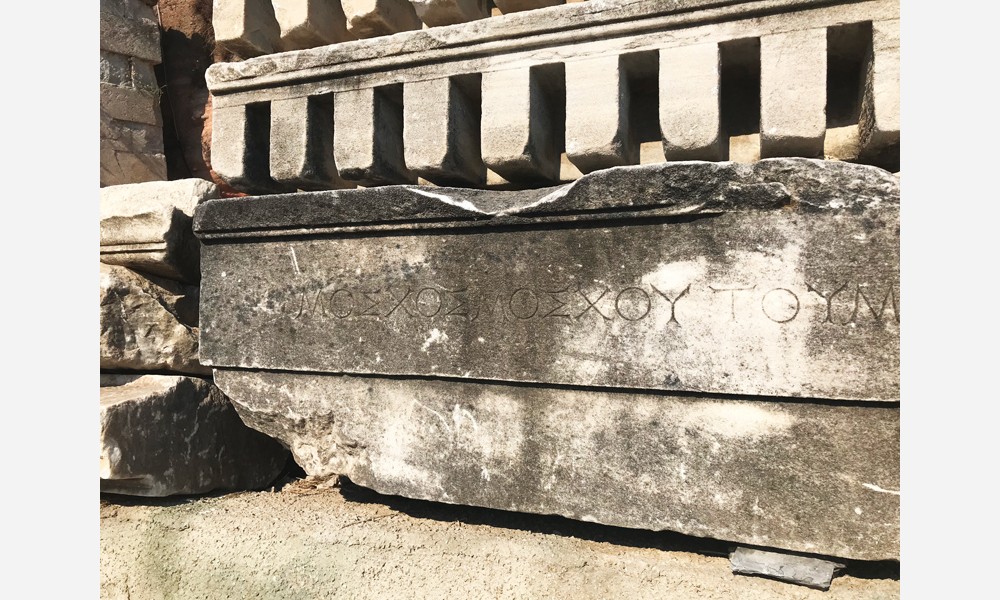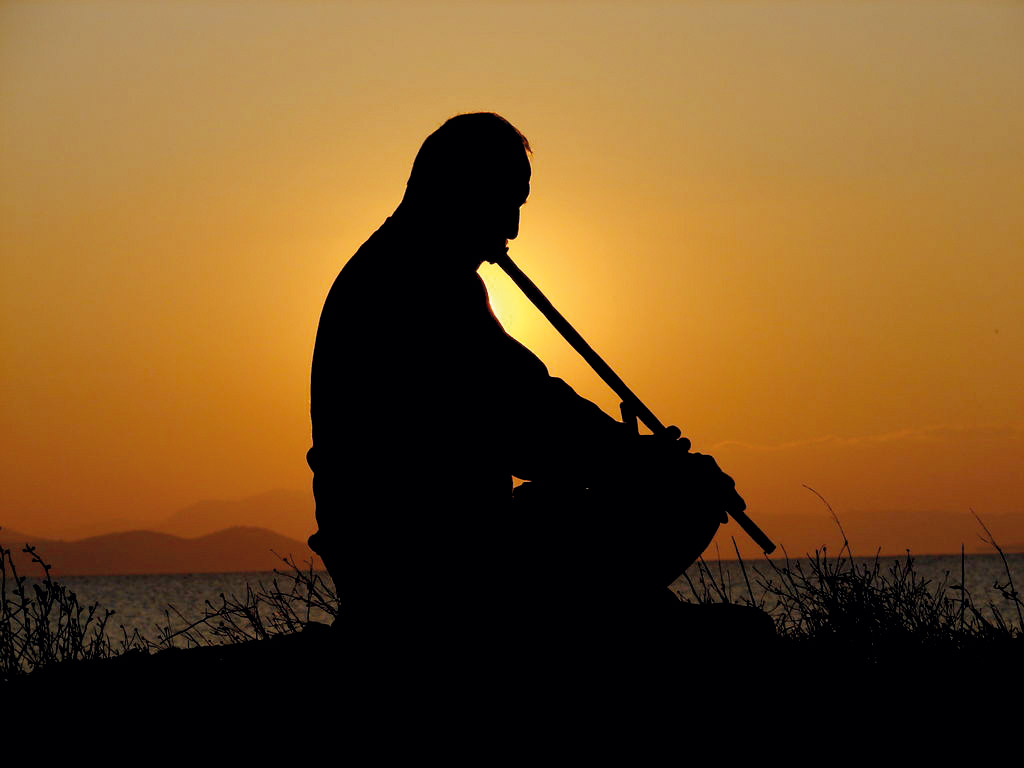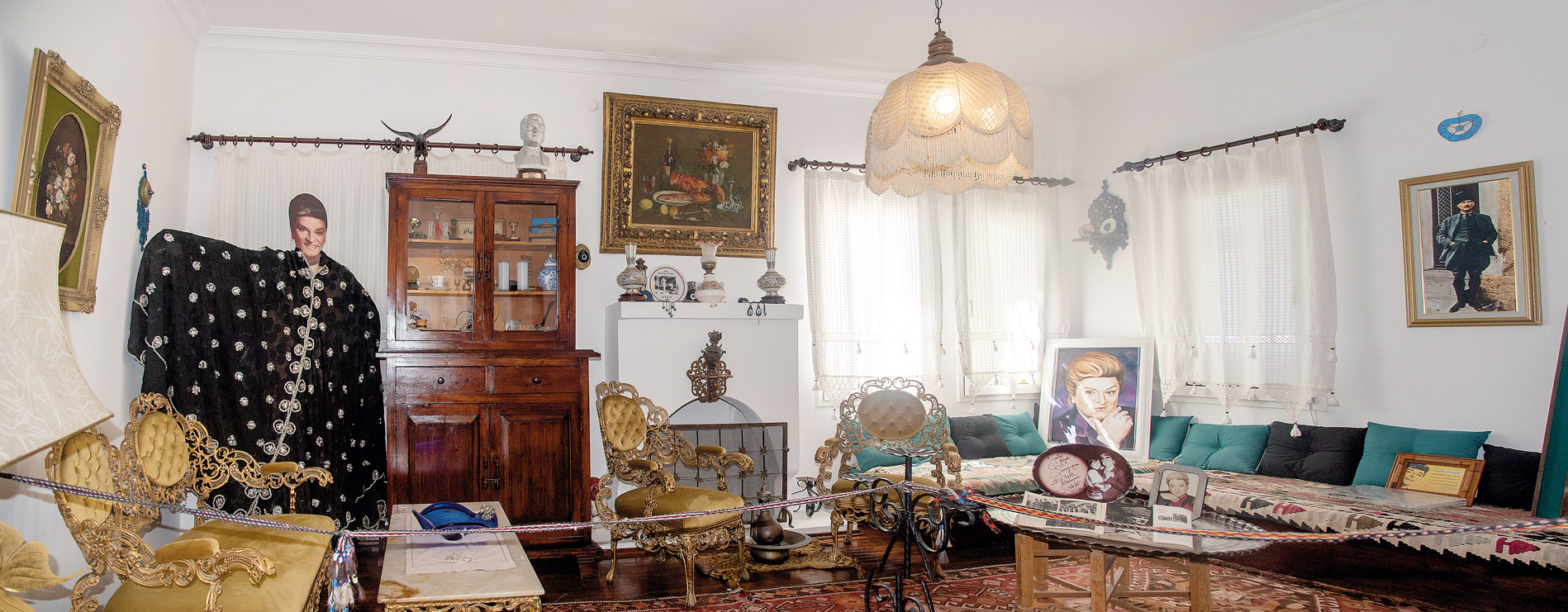Ancient Theatre

History communes with arts…
The Ancient Theatre, which is located on the southern slopes of Goktepe Hill and has been inherited from thousands of years ago, is one of the oldest theatres of Anatolia.
The Ancient Theatre, where art has reflected on the stone steps throughout history, and what was sanctified with votives for Dionysus, has the most beautiful and sweeping view in Bodrum. The theatre, which carries traces of many civilisations, is looking at the magnificent Bodrum Castle rising from the unique blue seas of Halicarnassus, from Goktepe ridge.
The structure, which had been in a state of silence for a while, after thousands of years, enchants us today with its spectacular acoustics and historical atmosphere.
Goktepe ridge, where the theatre was built, is a necropolis area. The Ancient Theatre, believed to be built in the 4th century BC, is the only structure in Bodrum that has remained today from the Classical Age. The ancient structure gives important information about the culture and art life of the period. The building, which had been abandoned to fate in the 7th century, remained under the soil for a period after natural disasters.
The theatre, which was expropriated by the Ministry of Culture in 1974, was brought to the surface again due to the archaeological excavations carried out under the presidency of Professor Doctor Umit Serdaroglu. Within the scope of the “Bodrum Ancient Fortifications Restoration Project”, it has been renovated and continued its history.
The structure, estimated to have hosted 10,000 people by its original state, now hosts 4,000 people.
The ancient theatre consists of three main parts called cavea (tribune), orchestra (playground) and skene (stage).
The seating area of the theatre called cavea or theatron was made of carved stone blocks piling up to the slope. The seating areas are divided into two sections by a corridor called “diazoma”, passing through the middle. The lower part of the divide has remained today safe and sound. By all accounts, in total 55 rows, 30 in the lower section and 25 in the upper section were erected. There are carved rectangular holes in the tribunes where the audience sit. It is thought that these holes had been used for the feet of the fencings, which were used as shady spots to cover the area. This gives clues about the comfort as well as the art of the period. There is a door in the centre of the seating area of the theatre. Behind this door, there is a corridor and two tomb rooms. Managers and important people are thought to have reached the stage using the corridors. Recent research reveals that there are protocol seats, on what the names of city managers and notables were carved, behind the audience seats.
The orchestra, the second part of the theatre, is located in the centre. The chorus and dancers used to perform the shows on this field. There is also an altar in front of the seating area. Prior to the theatre demonstrations, the religious offerings used to be sacrificed for Dionysus, the God of Wine.
Another important part of the theatre is Skene (stage). The stage structure comes in two quartets and there are doors on both ends for the players and the protocol to enter. On the podium facing the orchestra according to the play to be performed, there are hollows for the portable and changing decors to be hung. The parados located between the stage building and the seating area was built to be reserved for the entrances and exits of the audience. The stage structure had been changed during the Roman period.
In the ancient ages, theatres used to be the venues for social and cultural events as well as being entertainment venues. Political speeches and propaganda also used to be held at these kinds of structures. It is known that during the Roman and Byzantine periods, a wall was drawn in front of the lower steps of the theatre and the orchestra part became an arena. According to the information, what was written by the ancient writers, we have reached; the area used to be the arena of the gladiatorial fights with wild animals.
The Ancient Theatre has been giving an important contribution to the culture and art life of Bodrum with its imposing standing. While the theatre is the venue for many festivals, especially in July and August, the rising enchanting melodies echo between the stalls.
The events to be held in the Ancient Theatre are as follows:
16th International Bodrum Ballet Festival 01/15.08.2018
Sıla / 04.08.2018
Sertab Erener / 12.08.2018
Sibel Can / 17.08.2018
Kardeş Türküler / 18.08.2018
Selda Bağcan / 19.08.2018
Mabel Matiz / 20.08.2018
Müzeyyen /Single Musical Performance; Şevval Sam / 21.08.2018
Duman / 22.08.2018
MFÖ / 24.08.2018
Sıla / 25.08.2018
Selami Şahin Musical - Seninle Başım Dertte / 26.08.2018
Erol Evgin / 28.08.2018
Bülent Ersoy / 29.08.2018
Ziynet Sali / 30.08.2018
Yıldız Tilbe / 31.08.2018
8th Bodrum Turkish Films Week Labor Award Night/ 15.09.2018

